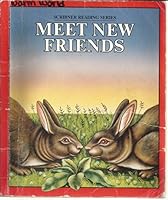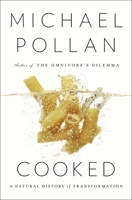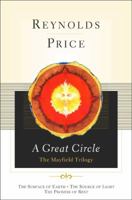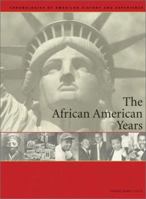The Pequots (Watts Library)
Select Format
Select Condition 
You Might Also Enjoy
Book Overview
No Synopsis Available.
Format:Paperback
Language:English
ISBN:0755340868
ISBN13:9780755340866
Release Date:June 2008
Publisher:Headline Book Publishing
Length:352 Pages
Weight:0.54 lbs.
Dimensions:8.0" x 1.0" x 5.0"
Related Subjects
Classics Fiction History Literary Literary Criticism & Collections Literature Literature & FictionCustomer Reviews
6 customer ratings | 5 reviews
There are currently no reviews. Be the first to review this work.






































